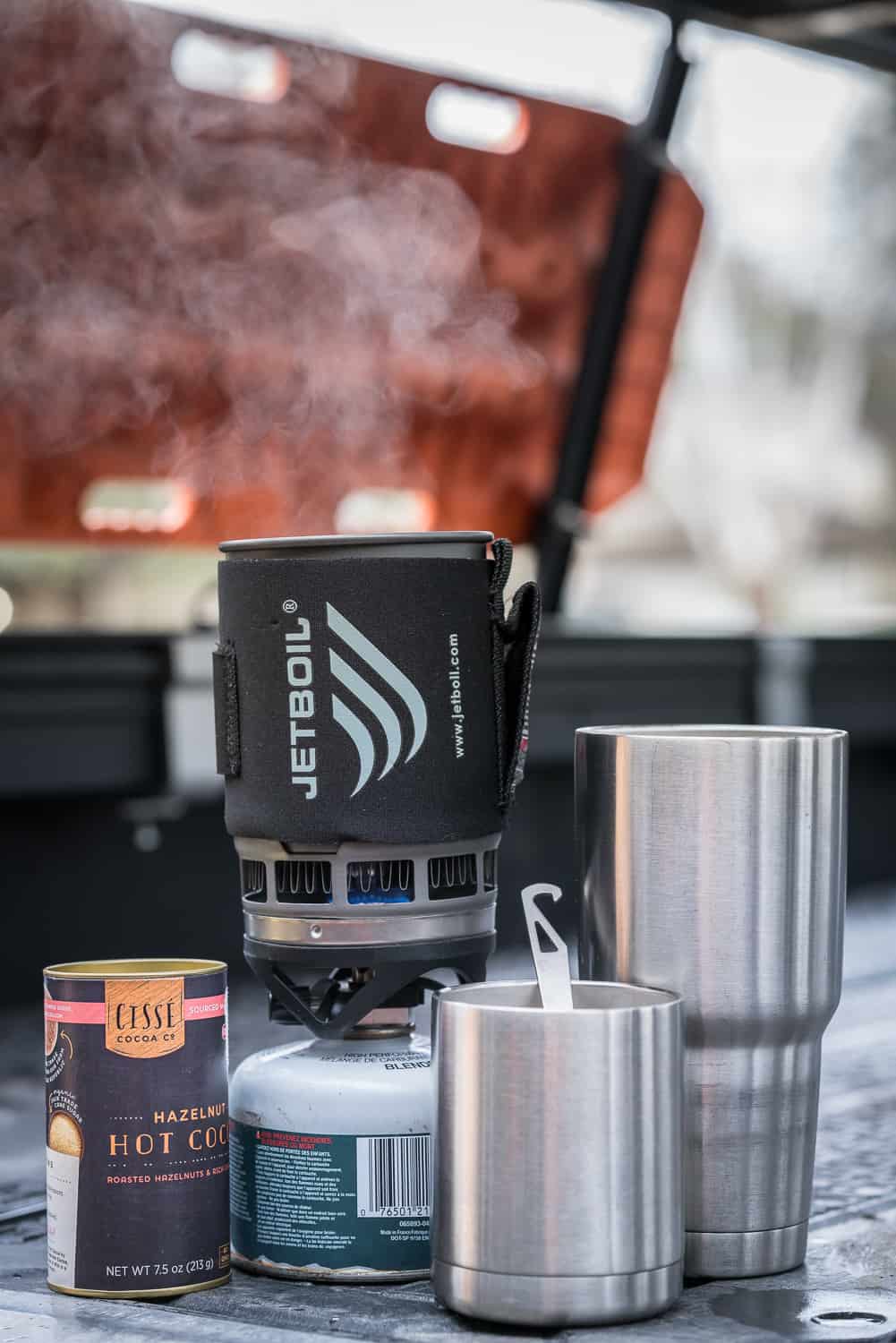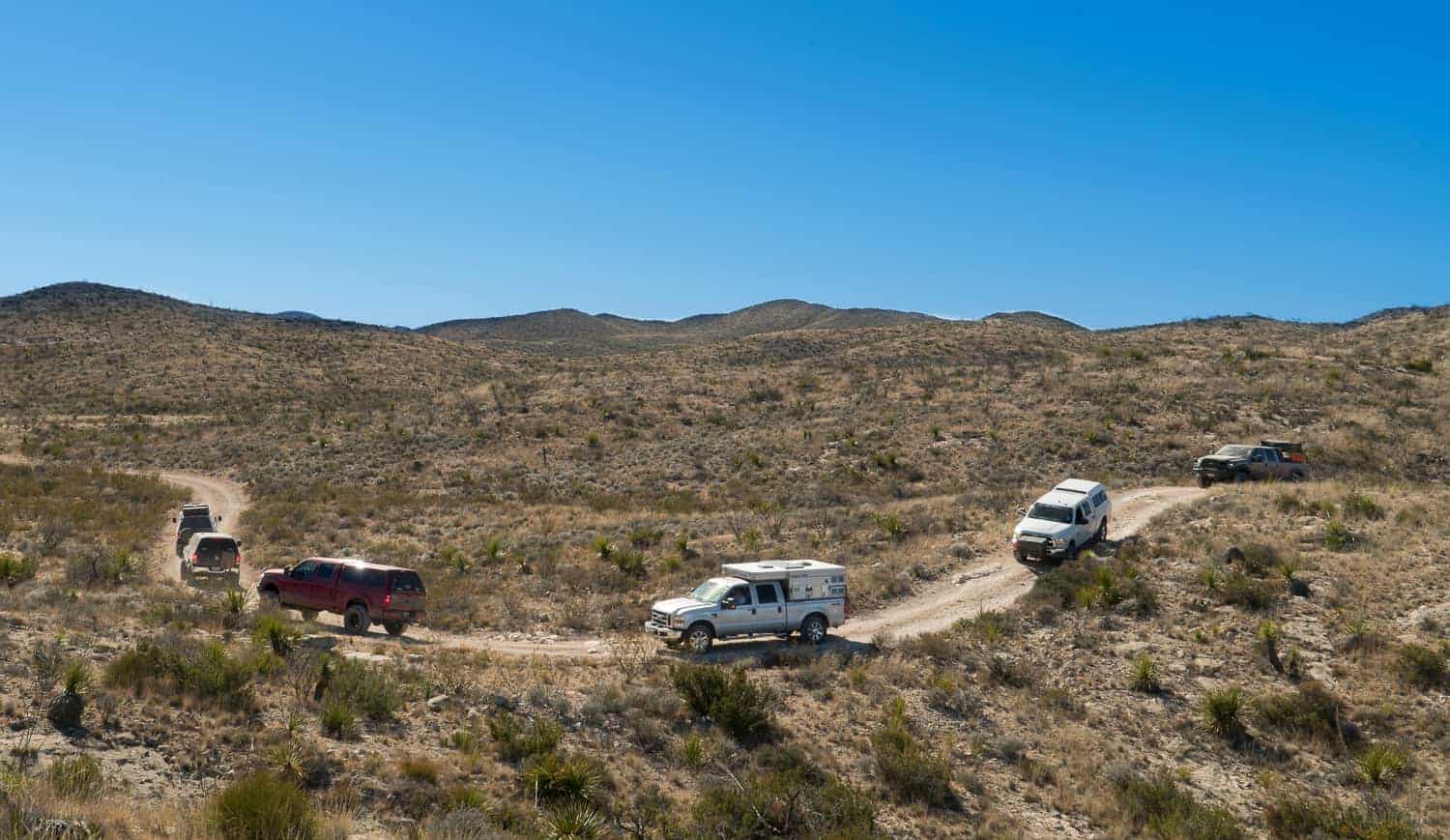This past month Texas was shocked to its core from a winter storm that left us reeling. Yes, the state shuts down when any cold, inclement weather hits us square in the flip-flops, but you can’t ignore an opportunity to beat the summer heat and explore the backcountry. Winter camping alone demands special attention, but with my 4-year-old twins as copilots, I am forced to think critically about my cold weather strategy.

Winter camping is a challenge that pays rewards you might never get in the warmer months: the simple pleasure of dry, warm socks to start the day; the energy a brisk, cold morning infuses in the kids, who act like puppies too long indoors, tucking their tails and racing around the yard. It pushes you toward movement, and engagement with your surroundings that a lazy summer morning just can’t match. It’s magical, and it only takes proper preparation to safely enjoy yourself and the stunning landscape around you. So here are some things I have learned that will turn you and your little one into winter camping gurus.
Always have access to the most up-to-date weather reports.
Knowing the weather during any trip is important, but when temperatures plummet and your family’s safety depends on solid planning and packing, information is even more critical. Check the reports for your entire route and plan for the worst weather you could encounter.
Plan to have camp set up before the sun sets and temperatures drop even lower.
With kids on board, it’s often a good idea to have camp set up before the sun goes down. This has many benefits, including minimizing the confusion that darkness can introduce. Having camp settled means that you can enjoy the time before sunset and allow the kids to explore their new home for the night. A roaring fire, dinner on the stove, and a light cocktail makes sunset a beautiful compliment to the evening, not a ticking clock in the forefront of your mind.

Preach the “layers” Bible.
Cold weather camping is a great opportunity to teach your kids about the fundamentals and theory behind dressing in layers while in the backcountry. Sweat is your enemy, and staying aware of your activity level and how your body is responding can mean the difference between life and death. Yes, we typically have a well-outfitted rig near at hand, but many like to venture away from their truck as I do. You can quickly end up drenched in sweat, with body temps dropping before you can say, “Please don’t eat me if I freeze out here.”

Also, the popular adage “Cotton Kills” didn’t come from the Italian fashion industry. When wet, cotton loses nearly all of its insulating properties. Insulation is what keeps our body heat in and the cold out. Synthetics are the way to go. Finally, a well-fitted fleece beanie can bring you more warmth than nearly any other article of clothing. Wear it in the morning to warm up, wear it around camp to stay warm, wear it under the covers to sleep warm. Basically, just wear one. And don’t forget socks. Get wool ones and have dry, warm feet the entire trip.
Speaking of which, plan your meals.
It’s hard to beat a nice warm meal in your belly when the cold north wind is blowing. Make sure to plan your food so a nice hot meal isn’t too much trouble to whip up. Unfortunately, eating typically won’t be accompanied by a cool mint julep resting lazily in your hand as you simmer your 30-ingredient campfire risotto. It will be cold, you will be cold, and your kids will destroy you if they are cold—and hungry. Good meal prep at home goes a long way to simplifying the process on the road. Figure on extra calories too, as your bodies will be burning even more energy to stay warm.

 Be Words of Caution
Be Words of Caution
Heaters
Heaters can be a game changer, but know their limitations or you may be paying with your life. Even though those small propane heaters say they are safe for indoor use, DO NOT leave these running in your tent or trailer all night! These heaters pull oxygen from the air and you will suffocate in the closed system of your tent. On a recent trip, we used the Little Buddy to warm up the tent before bed, as well as when getting started in the morning. After about 5 minutes, the tent was warm and we shut off the heater. It definitely eased the shock of climbing into or out of the cold. I always had a hand on the heater to ensure it didn’t damage persons or property, and we allowed it to cool before packing it. Best of all, with good planning, heaters are not needed.
Hydrate
We all remember the importance of drinking plenty of fluids while out on the summer trail, but it’s easy to forget that our bodies still need proper hydration during those winter runs. Water keeps our bodies functioning properly, helps to stave off sickness, and is a critical fuel used to stay warm. An ice-cold sip of water doesn’t hold the same warm weather appeal though, so try substituting a naturally decaffeinated tea, hot chocolate, or warm milk to encourage your kids to drink fluids. A small propane stove system like the JetBoil can make whipping up a hot beverage incredibly easy.

Entertainment
Winter trips can involve less exploring and more point to point travel, or more camp time, so have your entertainment plan on point. Tablets are great some of the time, but make sure to pull your kids’ attention toward the here and now so they can enjoy all the greatness that is life outside. We use Legos and drawing materials in the truck, and tools like shovels, a magnifying glass, and an inexpensive digital camera to encourage them to stay moving outdoors and develop their own stories of the trip.
Though the tips for parenting kids in any environment could overwhelm even Google, these staples have helped me bring the enjoyment of winter camping to my future explorers and ensured they survived to make the next run.


